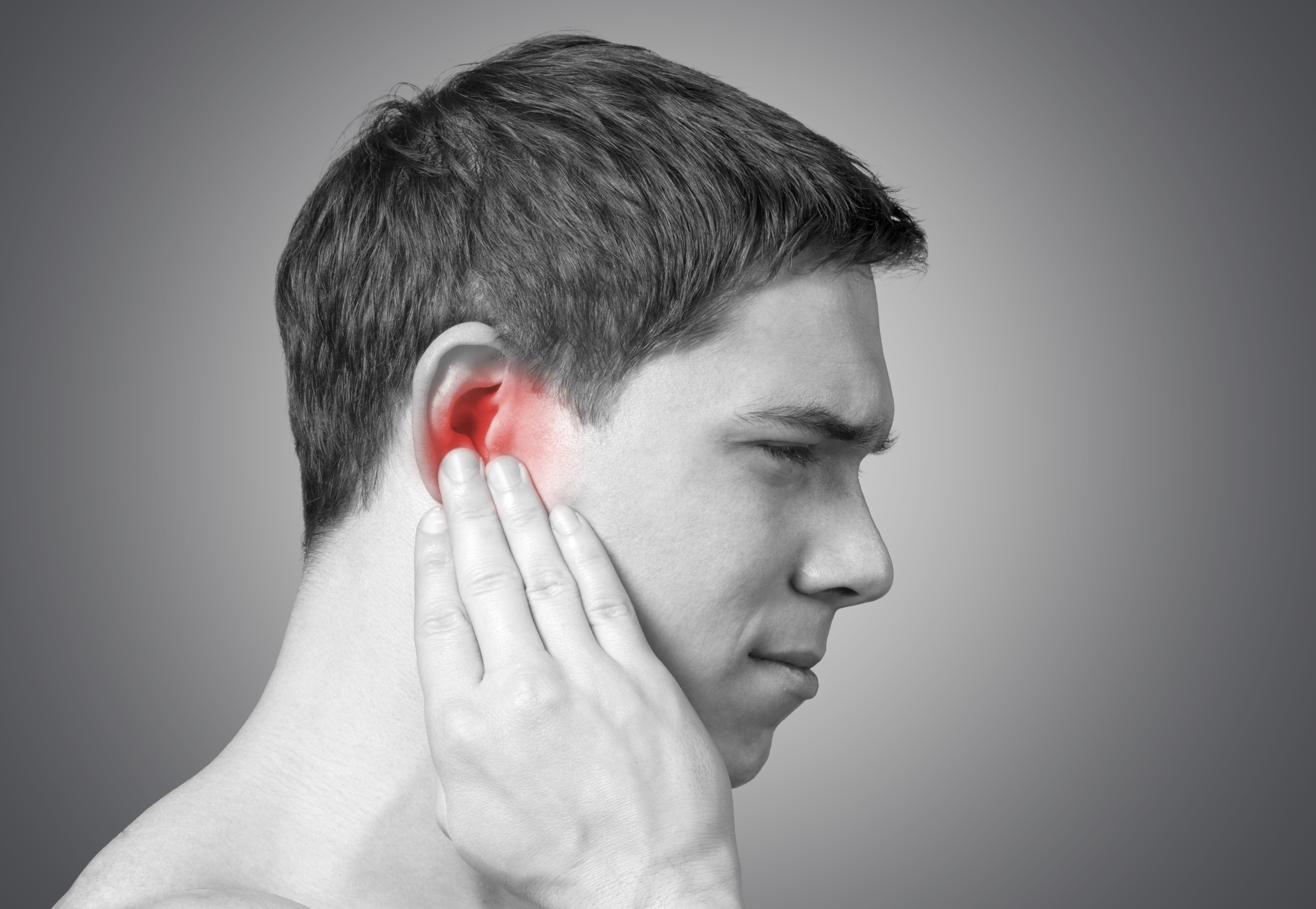
Ear barotrauma and deep-water ear crush often occur in air force, navy and parachuting troops.
Why do ear barotrauma and deep-water ear crush occur?
There is a layer of membrane in the ear, which is the tympanic membrane, also known as the eardrum. Outside the tympanic membrane is the external auditory canal. The tympanic membrane is connected to the back of the nose through a channel called eustachian tube. Therefore, there is air inside and outside the tympanic membrane.
Under normal circumstances, the air pressure on both sides of the tympanic membrane should be equal.
During the rapid ascent and descent of the plane, Either the diver gradually rises to the surface of the water, or when diving, the surrounding air pressure will change sharply. Our external auditory canal is communicated with the external air pressure and changes accordingly, but the air pressure in the inner auditory canal cannot keep up with the rapidly changing rhythm in a short period of time, thus causing the air pressure inside and outside the ear to vary, compressing the tympanic membrane and eventually producing earplugs and pain symptoms.
Manifestations of ear barotrauma and deep-water ear crush
When the plane rises or dives down, the pilot may feel uncomfortable in his ears. Similarly, divers will suffer from ear tightness, tinnitus and even temporary hearing loss during the process of floating up or diving.
If the process is particularly fast, that is, when it rises or falls in an emergency, in addition to the above-mentioned symptoms, there will be earache, vertigo, nausea, vomiting and deafness. Some patients may even find tympanic membrane rupture when examined by doctors.
Treatment of Auricular Barotrauma and Deep Water Auricular Compression
You can do some swallowing, chewing, yawning and other actions to balance the air pressure on both sides of the tympanic membrane as much as possible.
You can also use [eustachian tube inflation method], that is, take a breath first, then hold your nose, bulge your cheeks, close your mouth tightly, and exhale through your pinched nostrils. This action can achieve the effect of breaking the eustachian tube, and the earplug condition can be improved instantly.
If you can’t do it once, you can repeat it many times.
If tympanic membrane rupture is found, it is necessary to see the otolaryngology department in time for treatment.
Prevention of Auricular Barotrauma and Deep Water Auricular Injury
For ordinary people, try to slow down the speed of ascending or descending, and cooperate with the above-mentioned treatment methods.
If you are a professional in the army, you need to strictly select pilots and divers and have regular physical examination. If you find inflammation or other problems in your nose and ears, you should suspend flying or diving and actively treat the original diseases.
At ordinary times, you should also do more swallowing, yawning and other actions to exercise the function of eustachian tube.
